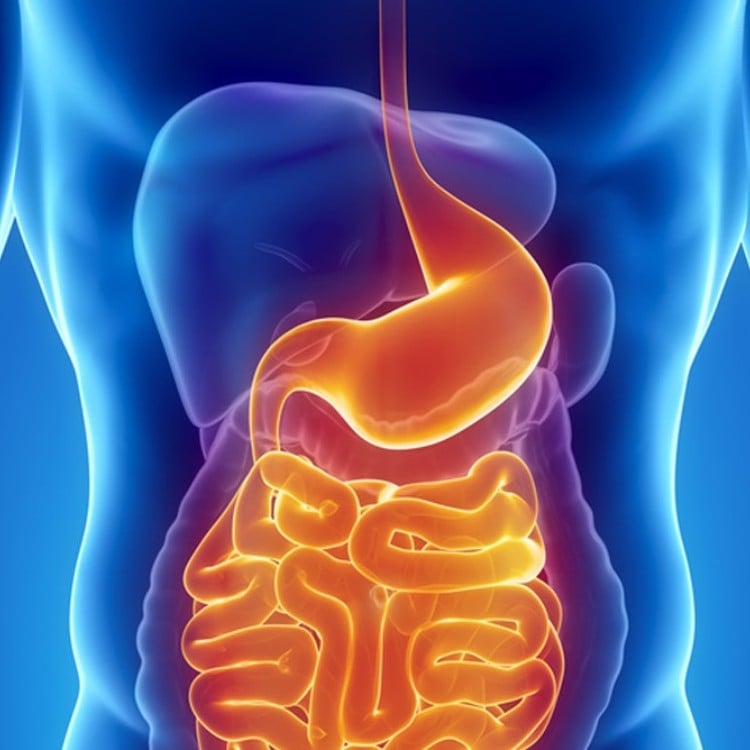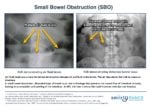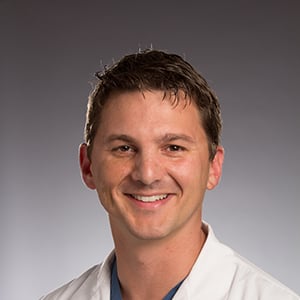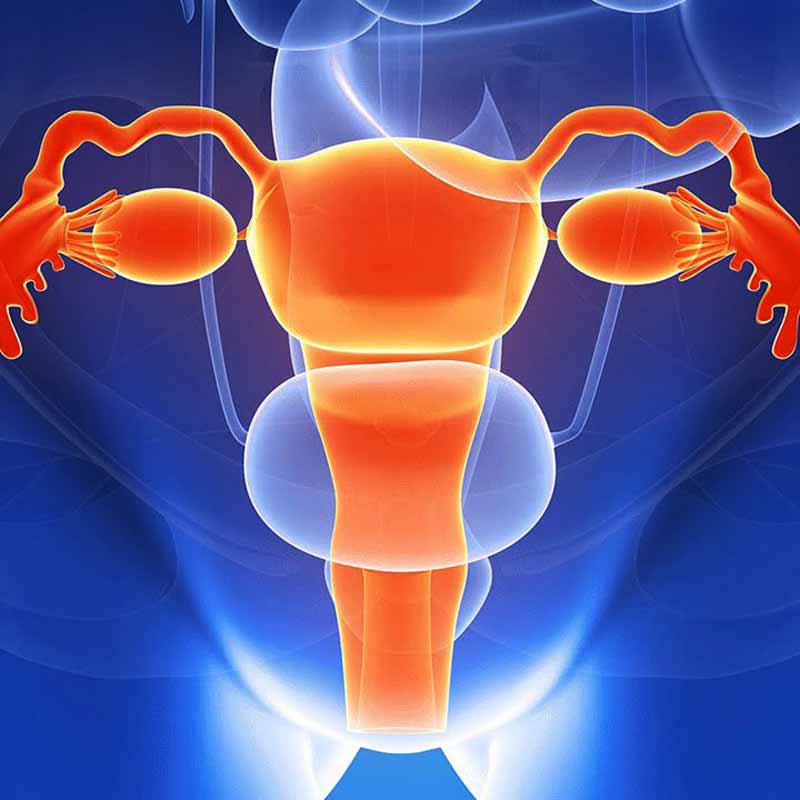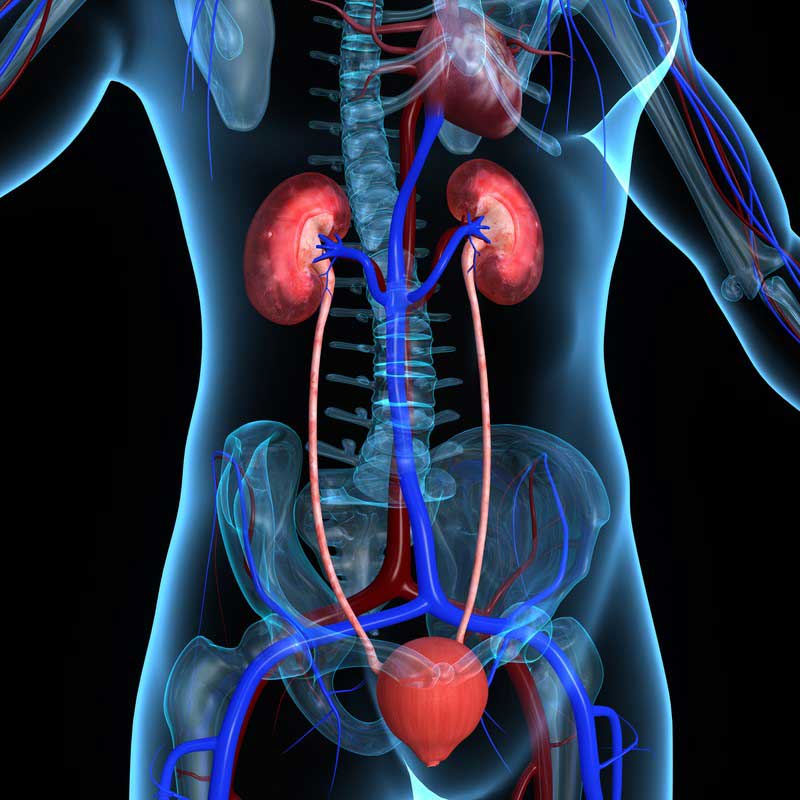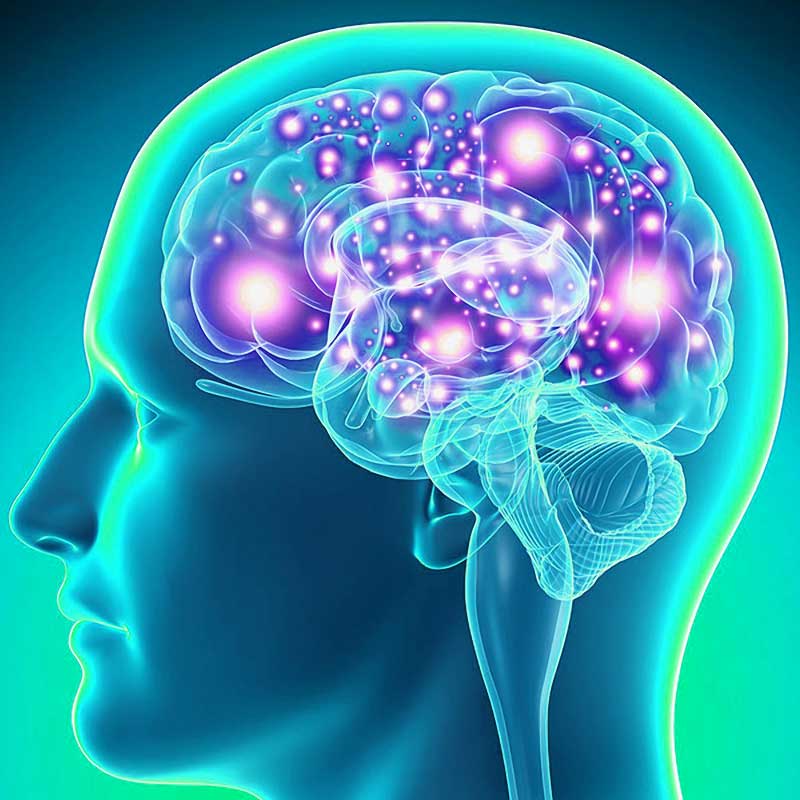Follow along with the NCCPA™ PANCE and PANRE Gastroenterology and Nutrition Content Blueprint
- 50 PANCE and PANRE Gastroenterology Content Blueprint Lessons
- 149 Question Gastroenterology exam
- Gastroenterology Pearls Flashcards + flashcards integrated into lessons
- Picmonic™ Integrated Blueprint lessons
- Comprehensive Gastroenterology Board Review Lecture and Slides with Joe Gilboy PA-C (video lesson)
- 11 GI and Nutrition Content Blueprint High-Yield Summary Tables (included as lessons below)
- ReelDx Integrated Patient Video Content (available to Smarty PANCE ReelDx level subscribers)


